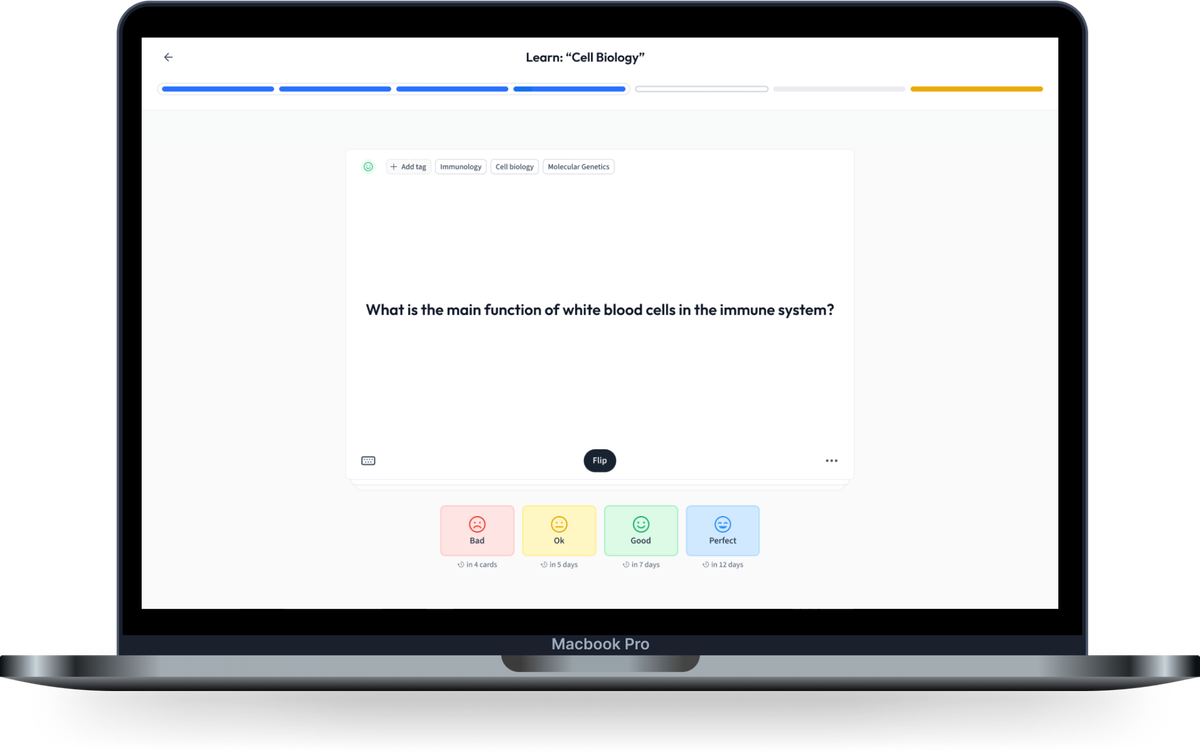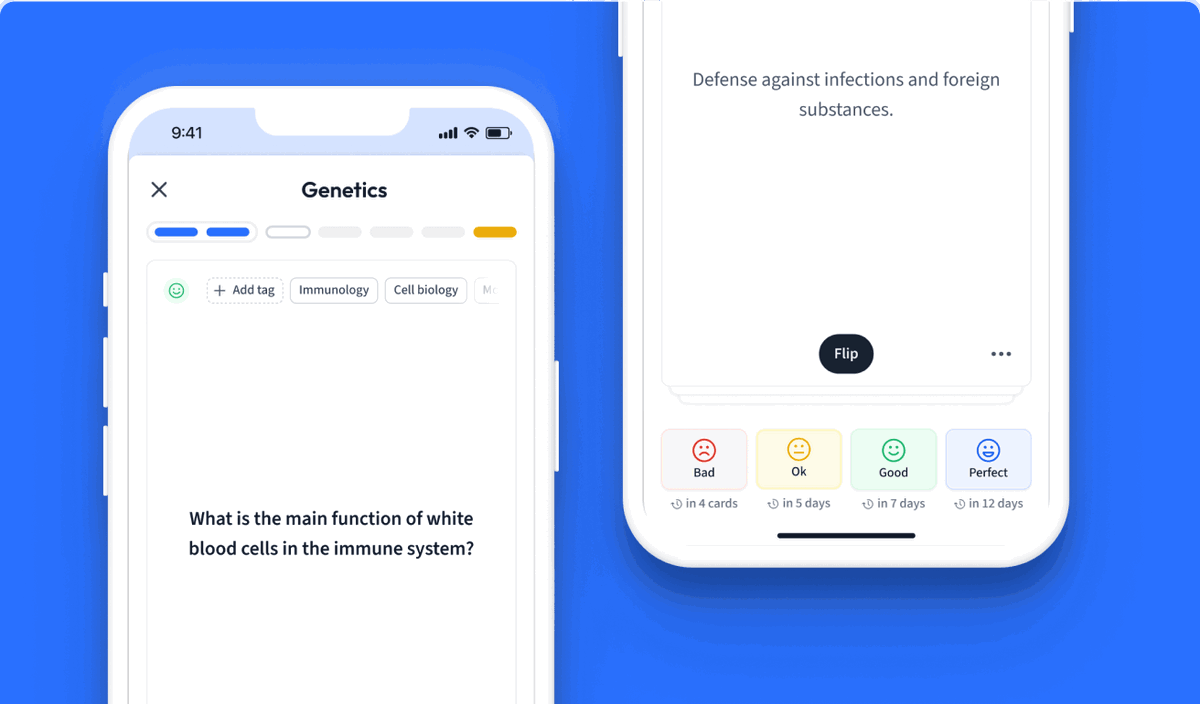Understanding Devolution in Sudan
As you delve into the fascinating topic of Human Geography, one aspect in particular that's worth studying is devolution. Let's focus on devolution in Sudan, how it has been influenced by historical events and the facts that sit at its core.
Devolution is the process where central powers of a sovereign state are transferred or delegated to autonomous regional bodies or communities.
Historical Background of Devolution in Sudan
The history of devolution in Sudan is marked by significant events that have led to its current state. Sudan, the third largest country in Africa, has experienced a complex journey towards devolution, with many turning points along the way.
In 1956, Sudan gained independence from the Anglo-Egyptian rule, becoming a sovereign nation with a centralized government. However, the following decades were characterized by civil unrest, power struggles, and emerging regional identities, eventually necessitating devolution.
Devolution in Sudan Facts
To better understand the devolution process, here are some core facts on the matter:
- Historically, Sudan was a centralized state. Devolution became significant in the late 20th century.
- Devolution in Sudan was largely driven by profound ethnic, linguistic, and cultural diversity, and the need for regions to manage their resources and governance.
- This process has been both peaceful and tumultuous, emphasising the complexity of devolution.
For a deep dive into the topic, consider the fact that while devolution can lead to improvements in some areas (like local autonomy and improved ethnic relations), in others it might add complexity (such as potential power struggles among regions and resource allocation issues).
Crucial Events Leading to Devolution in Sudan
Key events have culminated in the current state of devolution in Sudan. Let's break down some of them:
| 1956 | Sudan's independence and the beginning of a centralized government system. |
| 1989 | The overthrow of Prime Minister Sadiq al-Mahdi, leading to a shift in power dynamics. |
| 2005 | Signing of the Comprehensive Peace Agreement (CPA), aiming to end the Second Sudanese Civil War and outlining the requirements for devolution. |
| 2011 | The referendum leading to South Sudan's independence, marking a significant point in Sudan's devolution process. |
The Principles of Devolution in Sudan
Delving deeper into the principles of devolution in Sudan, you'll find that these are grounded in the country's historical experiences, political complexities, and societal structures. By understanding these principles, you can gain a more thorough understanding of the underlying forces driving devolution in Sudan and the country's unique approach to balancing centralisation and decentralisation.
Devolution acts as a reaction against centralisation, advocating for a shift in power from the central government to local governments or regional bodies, in order to effectively manage diversity, enhance participatory democracy and improve service delivery.
Legal Framework for Devolution and Federalism in Sudan
The devolution process in Sudan has been significantly shaped and disciplined by the country's legal framework. While discussing devolution in Sudan, it's crucial to explore how federalism figures into this political landscape.
Federalism is a type of devolution where power is constitutionally divided between the central government and constituent regions. It's a mechanism to ensure both unity and diversity in countries with complex social structures.
A significant moment in the formation of Sudan's legal framework for devolution and federalism was the signing of the Comprehensive Peace Agreement (CPA) in 2005. This agreement concluded the Second Sudanese Civil War and, crucially, stipulated the devolution of power. Both during the transitional period and thereafter, it outlined key aspects of government structure, including revenue sharing, control of armed forces, and democratic elections.
Some key points to consider in the legal framework for devolution and federalism in Sudan include:
- The 2005 Interim National Constitution of Sudan, which provides the legal basis for a federal system of governance.
- A constitutional framework detailing the powers of the national government and the regional states.
- The principle of 'subsidiarity', suggesting that decisions should be made at the lowest feasible level.
Federalism in Sudan, while introducing local autonomy, has also been criticised for reinforcing regional inequalities and raising questions about the limitations of devolved powers. Therefore, understanding the legal dynamics in this context is integral to a robust examination of devolution in Sudan.
Administrative Structures Supporting Devolution in Sudan
Another significant aspect is the administrative structures that enable devolution in Sudan. These structures are instrumental in implementing the principles of devolution and make the concepts of federalism practically applicable.
An illustration of Sudan's administrative structures is the country's division into 18 states or 'wilayat'. Each of these states has a hierarchy of regional and local representatives that can both enact national laws and develop local legislation specific to their regions. It's an essential aspect of Sudan’s administrative structure which enables devolution.
Here's a summary of the key elements of administrative structures that support devolution in Sudan:
- The division of Sudan into states, each with a state governor and legislative assembly, exercising certain given powers.
- The establishment of local government systems within these states, further promoting local governance.
- An intergovernmental relations framework that ensures coordination and cooperation between various levels of government.
| 18 | States in Sudan, each with distinct administrative autonomy. |
| 434 | Localities within these states, laying out the administrative feeding ground for devolution. |
Studying the administrative structure helps flesh out the practical side of devolution in Sudan, from the division of the country into states to the functioning of local governments. The structure is fundamentally the machinery running the process of devolution. They are the practical manifestation of the underlying political and legal principles.
Causes and Effects of Devolution in Sudan
Behind the devolution process in Sudan lie several causes - historical, political, and social. Additionally, this devolution has resulted in various effects, some immediate and others unfolding over time. Moreover, the devolution process has particular relevance in the context of South Sudan. The exploration of these aspects will enable a holistic understanding of devolution in Sudan.
Underlying Causes of Devolution in Sudan
The causes of devolution in Sudan are deeply rooted in the country's history and society. Let's delve into some of these key reasons:
- Ethnolinguistic and cultural diversity: With over 600 ethnic groups and an array of languages spoken across Sudan, the country's diversity necessitates a decentralized system where all voices can be heard.
- Political instability: Recurring political instabilities and power struggles in Sudan's history have led to a perceived need for decentralised power to reduce conflict.
- Economic disparities: Economic differences across regions prompted a shift towards decentralisation to manage resources better and ensure more equitable distribution.
Decentralisation refers to the administrative division of the main governing power to several sectors or regions within the state. This effectively ensures more individual autonomy for regions and provides opportunities for local governance.
Short-Term and Long-Term Effects of Devolution in Sudan
The shift towards devolution in Sudan has brought about both short-term and long-term effects, some positive, others negative. These impacts span across spheres including governance, societal relations, and economic management.
- Short-term effects:
- Increased participation of local communities in governance and decision-making. This often leads to more tailored, effective policies.
- Initial resource allocation issues due to decentralisation and potential power imbalance among regions.
- Long-term effects:
- Creation of clear regional identities that could potentially lead to conflict.
- Over time, improved economic management at a local level.
Analysing these effects can offer valuable insights into the benefits and challenges of devolution in diverse and complex countries like Sudan. It's essential to consider how these effects might vary across different regions and populations within the country.
South Sudan Devolution Process
The devolution in Sudan has an especially significant consequence: the creation of South Sudan, the world's newest country. The devolution process in South Sudan offers valuable case-study material for devolution's impacts and challenges.
During the Second Sudanese Civil War, the southern region of Sudan fought for independence, leading to the signing of the Comprehensive Peace Agreement in 2005. This agreement laid the ground for the eventual devolution and the birth of South Sudan in 2011.
Here are some key moments in the South Sudan devolution process:
| 1972 | The beginning of some autonomy in the South under the Addis Ababa Agreement. |
| 2005 | The signing of the Comprehensive Peace Agreement. |
| 2011 | South Sudan's declaration of independence following a successful referendum. |
South Sudan's devolution process and eventual independence highlight key themes in devolution, including autonomy, conflict resolution, and regional identity. It underscores the potential of devolution to transform national boundaries, shape new nations, and reshape existing ones. However, it also raises challenges around nation-building and state formation.
Real-life Examples and Case Studies of Devolution in Sudan
Now that you have a stronger understanding of the causes, effects, and underlying principles of devolution in Sudan, delving into specific examples can help in cementing this understanding. By dissecting particular case studies or looking at instances of devolution at play, you will truly grasp the depth and dimensions of this phenomenon.
Case Study: Devolution in the South Sudan Region
A fundamental instance of devolution at work is the entire process leading to the creation of South Sudan. The devolution process in South Sudan is a critical aspect of Sudan's political and social landscape.
Case study is an in-depth exploration of a specific example that illuminates a larger principle or phenomenon. In this case, a look into the South Sudan region and the events leading to its independence serves as the case study demonstrating the process, implications, and complexity of devolution.
The devolution process in South Sudan started even before the official independence declaration in 2011. Around 1972, the Addis Ababa Agreement granted some level of autonomy to the South. A combination of developments, including cross-border ethnic affiliations, political instability, and an economically motivated desire for autonomy, led to an intensified call for independent governance in the South. It eventually culminated in a successful referendum resulting in South Sudan's independence.
Key features of the South Sudan case include:
- Transition from militarised power struggle to political negotiations, leading to the Comprehensive Peace Agreement (CPA).
- Role of international bodies, such as the African Union and United Nations, in supervising the devolution process.
- The challenge of nation-building post-independence, demonstrating the complexities beyond the act of devolution itself.
By examining this case study, the motivations behind devolution and its potential aftermath become clearer, offering lessons applicable beyond Sudan.
Example: Devolution and Governance in Conflict-Ridden Sudan
It's also instructive to consider an example of devolution and governance in a conflict-ridden context within Sudan. In such scenarios, devolution can be seen as both a peacekeeping strategy and a source of further complexity.
Conflict-ridden contexts refer to situations marked by ongoing political, social, or ethnic conflict. They represent unique environments where devolution can function both as a solution to and a propagator of conflict.
In the region of Darfur, conflict has been ongoing since 2003, with ethnic tensions playing a significant role. The central government decided to divide the larger Darfur region into several states in 1994. This move, part of a broader strategy of devolution, was partially intended to calm ethnic tensions and prevent any single group from dominating the region.
There are several essential points to remember about devolution and governance in conflict-ridden Sudan:
- The use of devolution as a tool for conflict management and peace consolidation.
- The potential of devolution to exacerbate regional and ethnic conflicts, especially when power and resources are perceived to be unevenly distributed.
- The role that global recognition and local acceptance play in the success of devolution processes in conflict-ridden areas.
Exploring conflicts like Darfur within the context of devolution highlights the complexities of balancing local autonomies while ensuring regional stability. It reiterates the fact that the outcomes of devolution are dependent on unique regional realities and the manner in which the process is managed.
Challenges and Problems with Devolution in Sudan
While it's essential to discuss the principles, origins, and impacts of devolution in Sudan, it's equally crucial to shed light on the challenges and problems associated with this political manoeuvre. Despite its numerous advantages, devolution has specific complications that warrant a careful review. It is particularly relevant in the Sudanese context due to the country's diverse social fabric and ongoing political transitions.
Recognised Problems with Devolution in Sudan
Various problems and challenges have surfaced in the course of Sudan's devolution journey. These challenges point towards the complex realities of implementing devolution in a country as vast and diverse as Sudan.
Here are some of the central issues:
- Regionalism and fragmentation: While devolution can enhance local governance, it can also lead to regionalism and fragmentation, fuelling potential local conflicts.
- Economic inequities: Even though decentralisation aims for better resource allocation, it can exacerbate economic inequities if not managed effectively.
- Political capture: Power can become concentrated at the local level, leading to ‘political capture’ where local elites control local governments.
A concrete example of challenges surfacing due to devolution is found in the Darfur region of Sudan. Here, devolution's intended purpose to pacify ethnic tensions was upended when instead, it fuelled local conflicts between different tribal factions, demonstrating the risk of exacerbating existing societal fragmentation.
The problems arising in Sudan's devolution process underscore the vital need for a thought-through, measured approach to implementing devolution. The stakes are indeed high as poorly managed devolution can intensify regional conflicts, reinforce economic disparities, and pave the way for political capture by regional elites.
The Balance between Federalism and Devolution in Sudan
A core challenge when executing devolution in Sudan lies in striking an appropriate balance between federalism and devolution. Each has its inherent merits and demerits, and the delicate equilibrium can significantly impact Sudan's political landscape.
Federalism, by allocating constitutional powers to the central government and the states, provides a solid structure for unified governance, while devolution aims to transfer powers to local authorities, thus increasing the participation of local communities and enhancing governance at the grassroots level.
Key considerations in managing the balance between federalism and devolution include:
- Maintaining national unity while respecting local diversity.
- Ensuring consistent national policy frameworks amid local policy variations.
- Weighing between the necessity for uniform standards versus the need for local autonomy.
The balance between federalism and devolution is pivotal to Sudan's governance structure. It involves discerning judgement and flexible, adaptable strategies to maximise the strengths and mitigate the weaknesses of both systems. This balance can shape Sudan's social cohesion, governance effectiveness, and ultimately, the country's stability and progress.
The Future of Devolution in Sudan – Possibilities and Pitfalls
The exploration of devolution in Sudan would not be complete without considering its future – the potential opportunities and possible risks. Is devolution a path Sudan will continue to tread on, or will the course adjust?
The future of devolution not only entails the literal unfolding of devolution practices in the future but also the prospective possibilities and possible complications devolution might present in the forthcoming times.
An illustration of a potential opportunity is Sudan's ongoing transition to democracy. As the country is focussed on inclusive governance and societal reconciliation, devolution could play a critical role, allowing greater representation for various ethnic, cultural, and regional groups. On the other hand, the risks include the potential of devolution to foster a disjointed state unless care is taken to ensure cohesive governance structures.
Future potentialities and pitfalls include:
- Utilising devolution to bolster democratic transition.
- The risk of devolution creating disjointed state areas or even disintegration.
- The possibility of utilising devolution to manage Sudan's diversity more effectively.
The future of devolution in Sudan is an intriguing yet uncertain terrain. It is fraught with opportunities to further foster inclusive governance and enrich democratic transitions, but it also brings with it potential predicaments that need to be vigilantly recognised and adeptly managed. This underscores the critical importance of measured and considerate decisions regarding Sudan's devolution journey.
Devolution In Sudan - Key takeaways
- Devolution: A reaction against centralisation. It promotes shifting power from central government to local governments or regional bodies for improved management of diversity, greater participatory democracy and improved service delivery.
- Federalism in Sudan: A type of devolution where power is constitutionally divided between the central government and constituent regions, embedding the principles of devolution in the country.
- Effects of devolution in Sudan: It brings about both short-term and long-term effects spanning governance, societal relations, and economic management. Short-term effects include increased local governance and initial resource allocation issues, while long-term effects include the creation of distinct regional identities and improved local economic management.
- Darfur as an example of devolution in Sudan: The central government used devolution as a strategy to manage conflict within Darfur, by further dividing the region into several states.
- Challenges and problems with Devolution In Sudan: These include regionalism and fragmentation, economic inequities, and the risk of political capture at the local level.


Learn with 24 Devolution In Sudan flashcards in the free StudySmarter app
We have 14,000 flashcards about Dynamic Landscapes.
Already have an account? Log in
Frequently Asked Questions about Devolution In Sudan


About StudySmarter
StudySmarter is a globally recognized educational technology company, offering a holistic learning platform designed for students of all ages and educational levels. Our platform provides learning support for a wide range of subjects, including STEM, Social Sciences, and Languages and also helps students to successfully master various tests and exams worldwide, such as GCSE, A Level, SAT, ACT, Abitur, and more. We offer an extensive library of learning materials, including interactive flashcards, comprehensive textbook solutions, and detailed explanations. The cutting-edge technology and tools we provide help students create their own learning materials. StudySmarter’s content is not only expert-verified but also regularly updated to ensure accuracy and relevance.
Learn more




